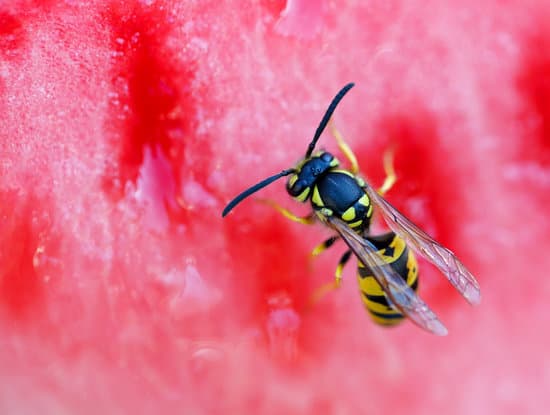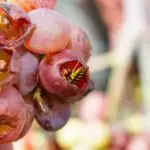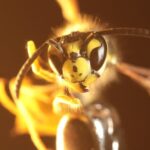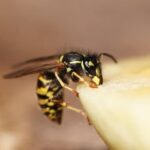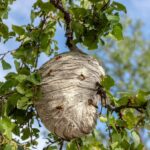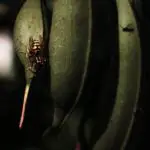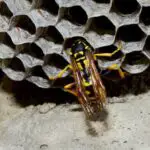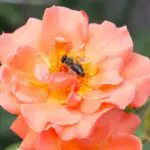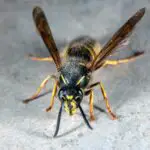How Do Wasps Fit Into the Ecosystem?
Among all insect predators, wasps play a crucial role in maintaining ecosystem balance. They are important as predators, parasites, pollinators, decomposers, and scavengers. They also regulate the numbers of different arthropods. They are the top predators of crop-damaging insects.
There are about 100,000 species of wasps. They include social wasps and solitary wasps. Social wasps can be found in colonies with queens and workers. They communicate in intricate ways to capture and collect food.
Social wasps capture greenfly, caterpillars, and spiders. They also build nests. They use pheromones to communicate when their nest is disturbed. In a colony, most female wasps collect food for their offspring. When their nests are large, they provide more food for the larvae than usual.
The life cycle of wasps is short. The larvae need to consume a mass of prey equal to their eventual size. The larvae feed on paralysed prey. When the prey is fully digested, it can be freed from the wasp’s sting. The larvae then regurgitate the food to feed their young.
Most wasp species live only a few months. Their short life span means that they can adapt to fluctuating prey numbers. The wasps’ rapid generation rate means they can match the changes in prey populations closely.
Solitary wasps are also important. These types of wasps hunt across 14 different arthropod orders. They are often phytophagous, which means they feed on plant matter. Some of these species also feed on animal carcasses.
